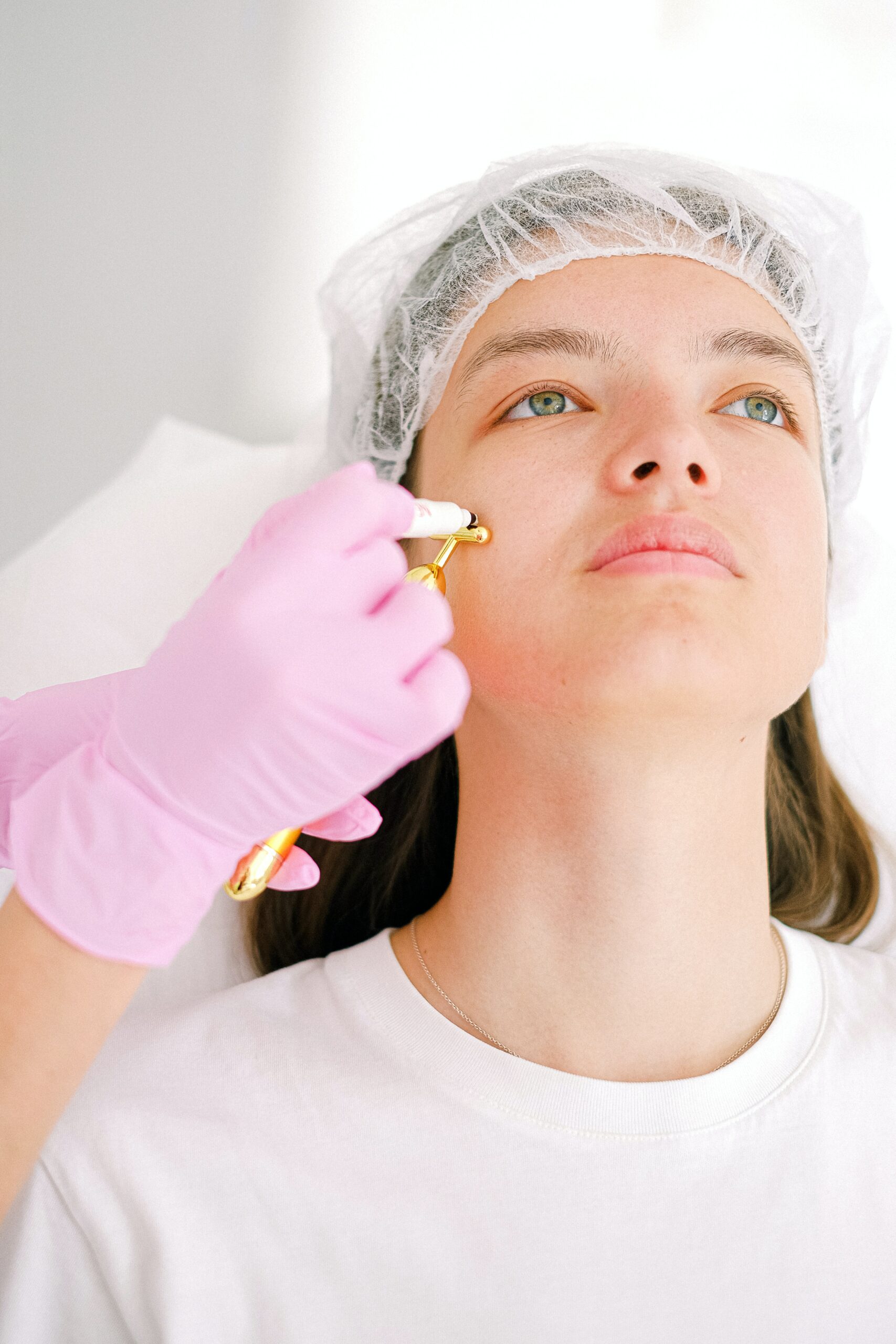Introduction:
Dry eye syndrome is a common ocular condition that affects millions of people worldwide. It occurs when the eyes are unable to produce enough tears or when the tears evaporate too quickly. The discomfort and irritation associated with dry eyes can significantly impact a person’s quality of life. In this article, we will explore various treatment options for dry eye syndrome, highlighting the importance of seeking help from a specialized dry eye clinic.
- Understanding Dry Eye Syndrome
Dry eye syndrome is characterized by a lack of sufficient lubrication and moisture on the eye’s surface. It can result in symptoms such as burning, itching, redness, and a gritty sensation.
- Common Causes of Dry Eye
Explore the underlying causes of dry eye, including age, environmental factors, medications, and medical conditions.
- Importance of a Dry Eye Clinic
Discover why it’s essential to consult a specialized dry eye clinic for diagnosis and treatment.
- Diagnosis and Assessment
Learn about the various tests and evaluations used by dry eye clinics to diagnose the condition accurately.
- Lifestyle Modifications
Discuss lifestyle changes that can help alleviate dry eye symptoms, such as avoiding smoke and reducing screen time.
- Artificial Tears
Explore the role of artificial tears and lubricating eye drops in providing relief from dry eye discomfort.
- Prescription Eye Drops
Learn about prescription eye drops and medications that may be recommended by a dry eye specialist.
- Punctal Plugs
Discuss the use of punctal plugs to conserve tears and increase eye moisture.
- LipiFlow® Treatment
Introduce LipiFlow® as an innovative treatment option that addresses the root causes of evaporative dry eye.
- Intense Pulsed Light (IPL) Therapy
Explore how IPL therapy can improve dry eye symptoms by targeting inflammation in the eyelid glands.
- Meibomian Gland Expression
Explain the process of meibomian gland expression and how it can benefit individuals with evaporative dry eye.
- Nutritional Supplements
Discuss the role of omega-3 fatty acids and other nutritional supplements in managing dry eye.
- Hygiene and Lid Care
Highlight the importance of proper eyelid hygiene and care in preventing and managing dry eye.
- Contact Lens Wearers
Offer tips and recommendations for contact lens wearers experiencing dry eye symptoms.
- Managing Severe Dry Eye
Explore advanced treatment options for individuals with severe dry eye, such as amniotic membrane transplantation.
- Surgical Interventions
Discuss surgical interventions like punctal occlusion surgery and corneal nerve stimulation.
- Follow-up Care
Emphasize the importance of regular follow-up appointments with a dry eye clinic for ongoing management.
Preventive Measures
Provide tips for preventing dry eye syndrome and maintaining ocular health.
Conclusion
Summarize the key takeaways from the article, emphasizing the importance of seeking professional help from a dry eye clinic for effective treatment and relief.
